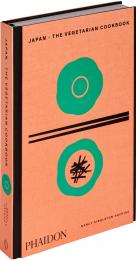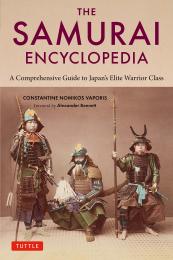The best of Tokyo cuisine and culture, from AM to PM.
A Day in Tokyo is a culinary journey through one of the world's most vibrant cities.
From the bustling streets of Shinjuku to the hidden corners of Ueno, this book takes you on a delicious food adventure from breakfast through to dinner, showcasing the diverse tastes and ingredients of Japanese cuisine. Start the day with unbelievably fluffy Funwari Hottokeki, dive into some Tokyo-born Yakisoba Pan for a much-earned midday break and end the night with crunchy and tender Tonkatsu.
Capture the delicious flavours of Tokyo at home with 70 recipes and insider tips on where to find the best local eats. A Day in Tokyo is the ultimate book for food and travel enthusiasts.
About the Authors:
Brendan Liew and Caryn Ng have spent more than a decade travelling to Japan, traversing its cities and rural countryside to explore, learn and live the local culture and cuisine. In 2016, they established a pop-up Japanese restaurant, Chotto, in Melbourne, bringing traditional ryokan-style breakfasts to the city. The cafe transported diners to Japan on a cultural and culinary journey spanning old and new, inspired by everything from countryside dinners on the Nakasendo trail, to the food of Japan's far north and deep south, and the animated feasts of Studio Ghibli.
A chef by training, Brendan has worked at restaurants including Kadeau in Copenhagen and Benu in San Francisco, and the three-Michelin-starred Nihonryori Ryugin in Tokyo and Hong Kong. He studied the craft of ramen making in Osaka before settling on specialising in kappo and modern kaiseki cuisine.














